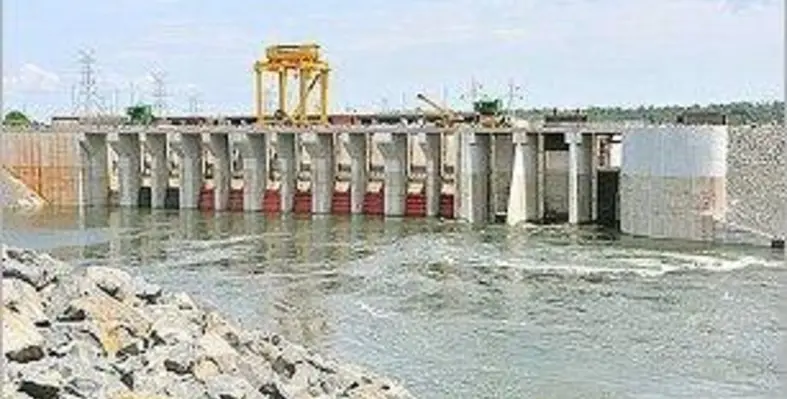Uganda’s prime minister Amama Mbabazi, has commissioned the first 50 MW phase of the Bujagali Hydro Electricity Dam Project at Jinja
The project is designed to reduce the rate of load shedding and boost the economic growth of the country. Uganda’s economic growth has been affected due to erratic power load shedding as demand outstrips supply with the country forced to use more costly, thermal-generated power.
The delayed construction of Bujagali dam led to an increase in the cost of the project and affected the economy as several businesses made losses. Others closed due to insufficient power supply.
The construction of the US$600mn 250 MW project is owned by Bujagli Energy Ltd (BEL), which is jointly owed by US-based Sithe Global Power LLC and Industrial Promotion Services Kenya Ltd. The World Bank Group , European Investment Bank, African Development Bank, Netherlands Development Finance Company, German’s KFW and Absa Capital, are among the project financiers.
Speaking at the ceremony, the prime minister said, “We are yet to determine how the official commissioning will be done; whether we will commission the entire 250 MW or whether it will be one by one.”
Mbabazi said that all five turbines will have been activated and launched by June this year: “I hope from the time I have switched on the first 50 MW and added on the national grid, I will not suffer power interruption from load shedding at my house. Today, Uganda has an additional 50 MW to what we had been using.”
The 50 MW will serve over 50,000 households in Kampala , Entebbe and Mukono districts daily.
“We generate power according to the demand of the economy,” said Mbabazi. “The demand now outstrips supply and we need more power.”
He explained that the current power consumption is over 400 MW and that the government intends to develop all the hydro power sites at Karuma, Isimba and Ayago to meet the growing demand for power.
“We plan that by 2016, we should be able to produce 3,800 MW,” said Mbabazi. “Today, we have installed capacity of 635 MW. The demand for electricity is exceeding 443 MW, yet the available supply was only 380 MW. This caused a deficit of 143 MW. We will also produce power from our oil and gas.”
Mbabazi added that the thermal power plants would not be switched off until March this year, when the second Bujagali turbine is expected to start generating another 50MW. Only 12 per cent of the 33mn population can access electricity. Over 80 per cent of the population still has no access to reliable electricity and uses fuel wood and biomass as its main source of cooking and heating, leading to deforestation.
The Minister of State for Energy, Engineer Simon D’Ujanga, assured Ugandans that the water level will be enough to produce 250 MW during peak hours at Bujagli, contrary to what environmentalists say. He said power tariffs will remain high despite the commissioning of the dam. Ugandans will continue paying the new power tariffs, announced at the beginning of this year, for many years to cover debts for the construction of the project.
“We will expect cheap power when we clear the loan repayment which will continue for 13 years. BEL will own the dam for 30 years before the government takes over,” Ujanga said.
Moses Kalisa Seruwagi






